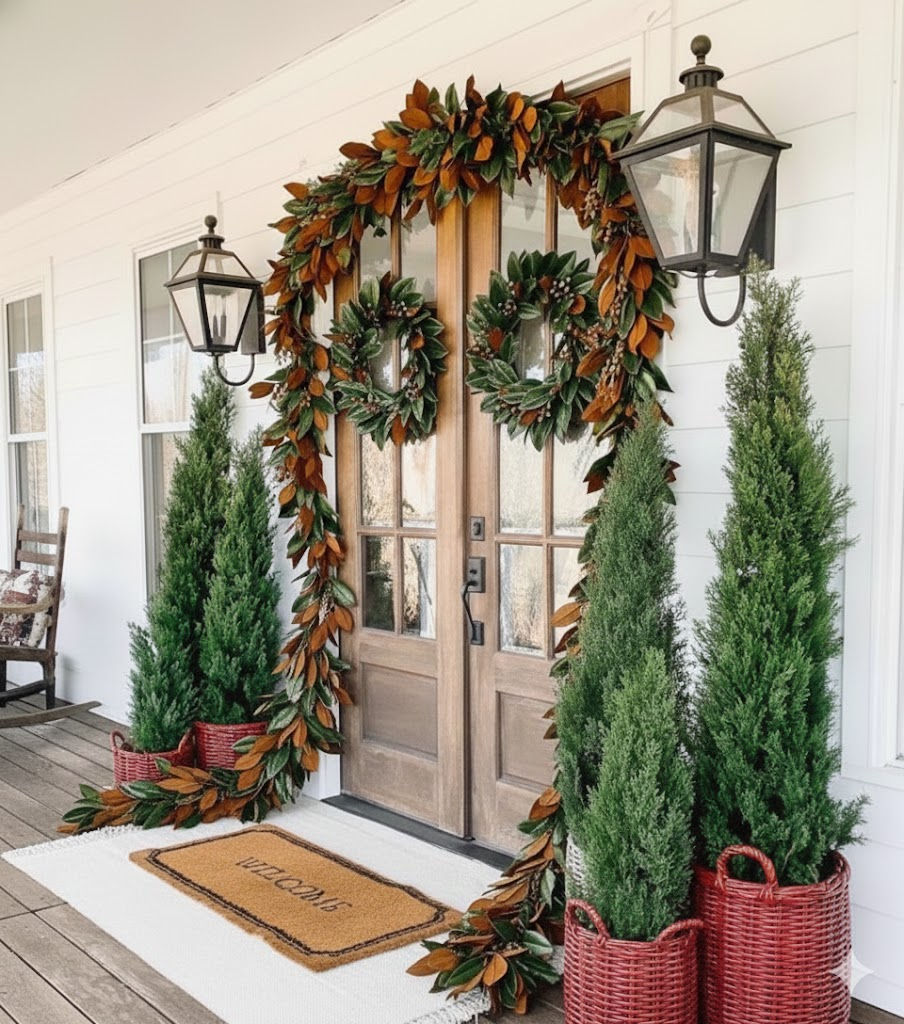Harrisia aboriginum – Gulf Coast Prickly Apple
Rare. Endemic. Endangered. A Florida native like no other.
Bring home a piece of Florida’s wild heritage with Harrisia aboriginum, also known as the Gulf Coast Prickly Apple. This rare, federally protected cactus is found nowhere else in the world but the coastal hammocks of Southwest Florida—from Lee to Sarasota County—where it once thrived on ancient shell mounds before habitat loss pushed it to the brink of extinction.
This columnar cactus features bright green stems, short white spines, and stunning large white blooms, followed by vibrant yellow fruit. Its flower base showcases earthy hues of rose-mahogany and brown, adding to its distinctive beauty. Though endangered in the wild, it can thrive in home landscapes with the right care—especially when grown in partial shade beneath palms or trees and given well-drained soil enriched with compost and perlite.
Cold-hardy to 30°F, with reports of surviving brief dips to 23°F under a protective canopy, Harrisia aboriginum is a resilient and rewarding choice for dedicated native plant and cactus lovers.
Important Note: This species is federally protected. Sales are limited to buyers within Florida only, in compliance with FWC and USFWS regulations. These plants are nursery-grown from responsibly sourced growers—not wild-collected.
⸻
General Information
Status in Florida: Endemic (native only to Florida)
Native Habitat: Dry, sandy soils, scrubby flatwoods, and rocky outcrops
Native States: Florida (specifically the southern part of the state)
Growing Zones: USDA Zones 10–11
Size at Maturity: 1.5–2 feet tall, 2–3 feet wide
Phenology: Evergreen
Life Cycle: Perennial
Growth Rate: Moderate
Growth Habit: Clumping, spreading, succulent cactus
Bloom Season: Spring to early summer (April–June)
Bloom Color: White with pinkish centers
⸻
Growth Conditions
Sunlight Requirements: Full
Soil Texture: Sandy, well-drained
Soil pH: Slightly acidic to neutral
Moisture Requirements: Dry, low moisture
Tolerance to Salt Spray: Low/None
Keystone Plant: No
⸻
Landscape Considerations
Recommended Landscape Uses: Xeriscape gardens, desert plantings, rock gardens, wildlife habitats
Maintenance Tips: Protect from frost, water sparingly; may need staking to prevent sprawling
Considerations: Spines on stems can be hazardous; ensure proper spacing to avoid contact
Hurricane Wind Resistant: Yes
Erosion Control: Yes
Nitrogen Fixing: No
⸻
Other Information
Edible: No
Pet Safe: No (spines can cause injury)
Deer and Rabbit Resistance: Yes
Historical Medicinal Uses: No known medicinal uses
Florida Native Companion Plant: Opuntia humifusa, Agave sisalana, Yucca filamentosa
Wildlife Benefit: Attracts pollinators, including bees and hummingbirds
Caterpillar Host Plant: No
Propagation: Seeds, cuttings
⸻
Let me know if you’d like to tackle another plant!
top of page
Amelia's Native Wildflowers, LLC | Nassau County's Native Plant Nursery
Free Shipping on orders over $85 | COUPON CODE: WREATHS |
$20.00Price
Sales Tax Included |
Customers Also View
Your content has been submitted
Your content has been submitted
Your content has been submitted
Your content has been submitted
bottom of page
































